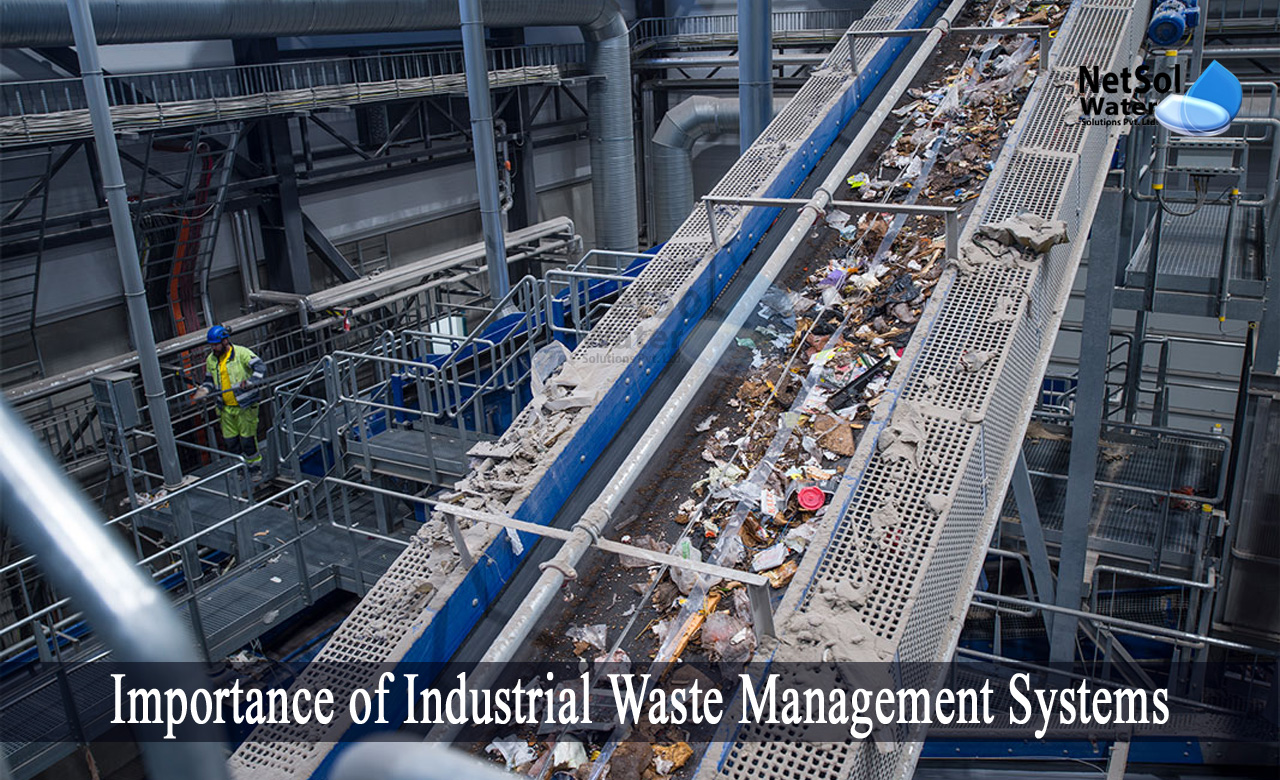Our Reclaim Waste Statements
Table of ContentsReclaim Waste Can Be Fun For EveryoneNot known Facts About Reclaim WasteReclaim Waste - TruthsReclaim Waste for DummiesNot known Factual Statements About Reclaim Waste
Check out the types, occurrences, and forms of fluid waste. Domestic sewage waste describes the waste and items from a household sewage-disposal tank. This kind of waste is developed by humans in houses, institutions, and other structures. This only includes septic containers that have a drain field. The proper monitoring and disposal of residential sewage waste need fluid waste to be moved to a sewer treatment plant where the proper methods and equipment are related to cleanse and dispose of waste.
Industrial waste commonly consists of prospective risks, such as combustible products or a mixture of liquid and solid waste items, and needs an advanced and detailed disposal procedure. The disposal of industrial waste usually involves the filtration of waste prior to transportation to ensure secure and correct disposal. Hazardous waste is developed from by-products and runoff of commercial procedures and manufacturing.
This kind of waste can not utilize the exact same sewage monitoring transport or processes as septic or industrial liquids. The hazardous waste monitoring procedure needs the examination and testing of fluid waste prior to it undergoes the disposal process (industrial wastewater treatment). Drainage waste is the fluid waste that originates from runoff and excess stormwater in highly booming areas or cities
Runoff waste can trigger contamination and flooding if not taken care of correctly. Discover more regarding sewer cleaning and waste management. Making certain proper waste management can stop calamities and reduce ecological damage. Both individuals in property setups and specialists in commercial or manufacturing industries can take advantage of recognizing the procedures and guidelines of fluid waste monitoring.
The Best Strategy To Use For Reclaim Waste
Call PROS Services today to discover concerning our waste management and disposal services and the appropriate ways to look after the fluid waste you create.
(https://www.storeboard.com/reclaimwaste2)This supposed 'wastewater' is not only a crucial resource yet, after treatment, will certainly be released to our land, rivers or the sea. Utilized water from bathrooms, showers, baths, kitchen area sinks, washings and industrial procedures is known as wastewater.

water used to cool down machinery or clean plant and tools). Stormwater, a type of wastewater, is drainage that flows from farming and urban locations such as roofings, parks, gardens, roads, courses and gutters into stormwater drains, after rain. Stormwater streams neglected directly to neighborhood creeks or rivers, at some point reaching the sea.
6 Easy Facts About Reclaim Waste Explained
In Queensland, a lot of wastewater is treated at sewage treatment plants. Wastewater is transferred from residential or industrial sites via a system of drains and pump terminals, known as sewerage reticulation, to a sewer treatment plant.
The Division of Natural Resources suggests city governments concerning managing, operating and keeping sewage systems and therapy plants. In unsewered locations, regional federal governments might require owners to install private or household sewer therapy systems to treat residential wastewater from bathrooms, kitchen areas, bathrooms and washings. The Department of Natural Resources authorises making use of home systems when they are shown to be efficient.
A lot of stormwater receives no therapy. In some new class, therapy of some stormwater to get rid of clutter, sand and crushed rock has learn the facts here now actually begun utilizing gross pollutant catches. Wastewater therapy takes place in four stages: Eliminates solid issue. Larger solids, such as plastics and other objects incorrectly discharged to sewage systems, are gotten rid of when wastewater is passed with displays.
Utilizes small living microorganisms knows as micro-organisms to damage down and remove staying liquified wastes and great fragments. Micro-organisms and wastes are integrated in the sludge.
Not known Facts About Reclaim Waste
Nutrient elimination is not readily available at all sewage therapy plants since it calls for costly specialized devices. Clear liquid effluent produced after therapy may still consist of disease-causing micro-organisms - liquid waste disposal.

Many wastewater flows right into the sewage system. Under the Act, regional governments provide approvals and licences for environmentally relevant tasks (Ages) involving wastewater releases that may have a neighborhood impact.
The Greatest Guide To Reclaim Waste
Or else, examples are taken for research laboratory evaluation. Frequently numerous tests are needed to establish the levels of each of the various pollutants such as oils, heavy metals and pesticides in water. Tracking offers valid info concerning water high quality and can verify that permit problems are being satisfied. The details obtained through tracking gives the basis for making water top quality decisions.